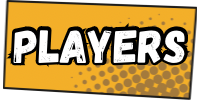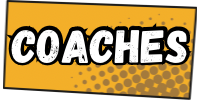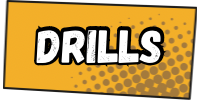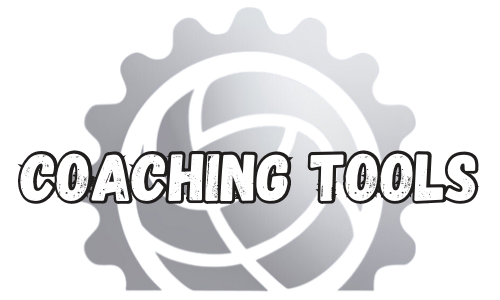
|
Injury Prevention and Recovery Tips for Volleyball Players
| |
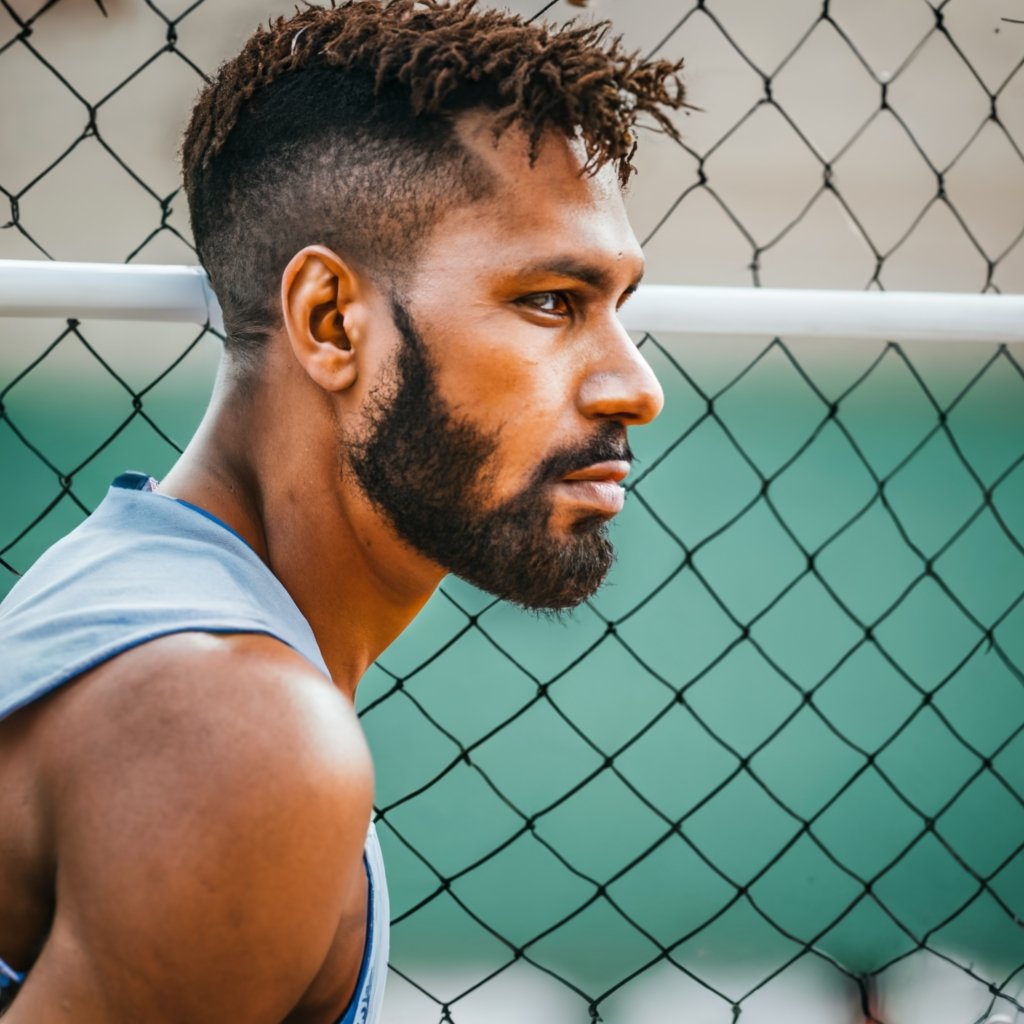
1. Warm-Up Thoroughly: Before every practice or game, commit to a comprehensive warm-up routine. Dynamic stretches, light jogging, and specific volleyball-related movements help prepare your body for action and reduce the risk of strains and sprains. 2. Strengthen Your Core: A strong core is the foundation of your stability and balance on the court. Incorporate core-strengthening exercises like planks, Russian twists, and leg raises into your fitness regimen. 3. Focus on Flexibility: Maintain flexibility in your muscles and joints. Regular stretching and yoga sessions can improve your range of motion and reduce the risk of muscle pulls and joint injuries. 4. Footwork Drills: Enhance your agility and footwork with drills that mimic volleyball movements. Cone drills, ladder drills, and shuttle runs help you change direction quickly, a crucial skill in the sport. 5. Wear Proper Gear: Ensure that you have the right volleyball shoes and protective gear, including knee pads and ankle braces if needed. Well-fitting gear reduces the risk of injury. 6. Listen to Your Body: Pay attention to any discomfort or pain. If you experience persistent pain, especially in your joints, consult a medical professional. Ignoring injuries can worsen the situation. 7. Rest and Recovery: Adequate rest is essential for injury prevention. Overtraining can lead to fatigue and increase the risk of injuries. Ensure you have rest days in your training schedule. 8. Cross-Train: Engage in cross-training activities to work different muscle groups and avoid overuse injuries. Swimming, cycling, or strength training can complement your volleyball training. 9. Nutrition and Hydration: Proper nutrition and hydration are critical for muscle recovery. Maintain a balanced diet and stay well-hydrated to support your body’s repair and growth. 10. Ice and Compression: After intense training or games, use ice and compression to reduce swelling and inflammation in case of minor injuries. These are effective recovery tools. 11. Consult a Physical Therapist: Working with a physical therapist can help you address specific weaknesses, imbalances, or pre-existing injuries. They can provide tailored exercises to enhance your strength and flexibility. 12. Mental Wellness: Remember the importance of mental health in injury prevention and recovery. Stress and anxiety can impact your physical condition. Seek support from a mental health professional if needed. Conclusion: Injury prevention and recovery are integral components of a volleyball player’s journey. By following these tips and staying proactive about your health and fitness, you can reduce the risk of injuries and stay on the court longer. Remember, an injury-free athlete is a strong athlete, and a well-rounded approach to your physical and mental well-being can keep you performing at your best. |
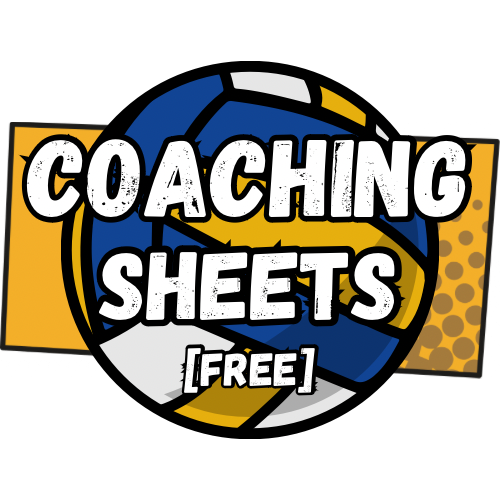
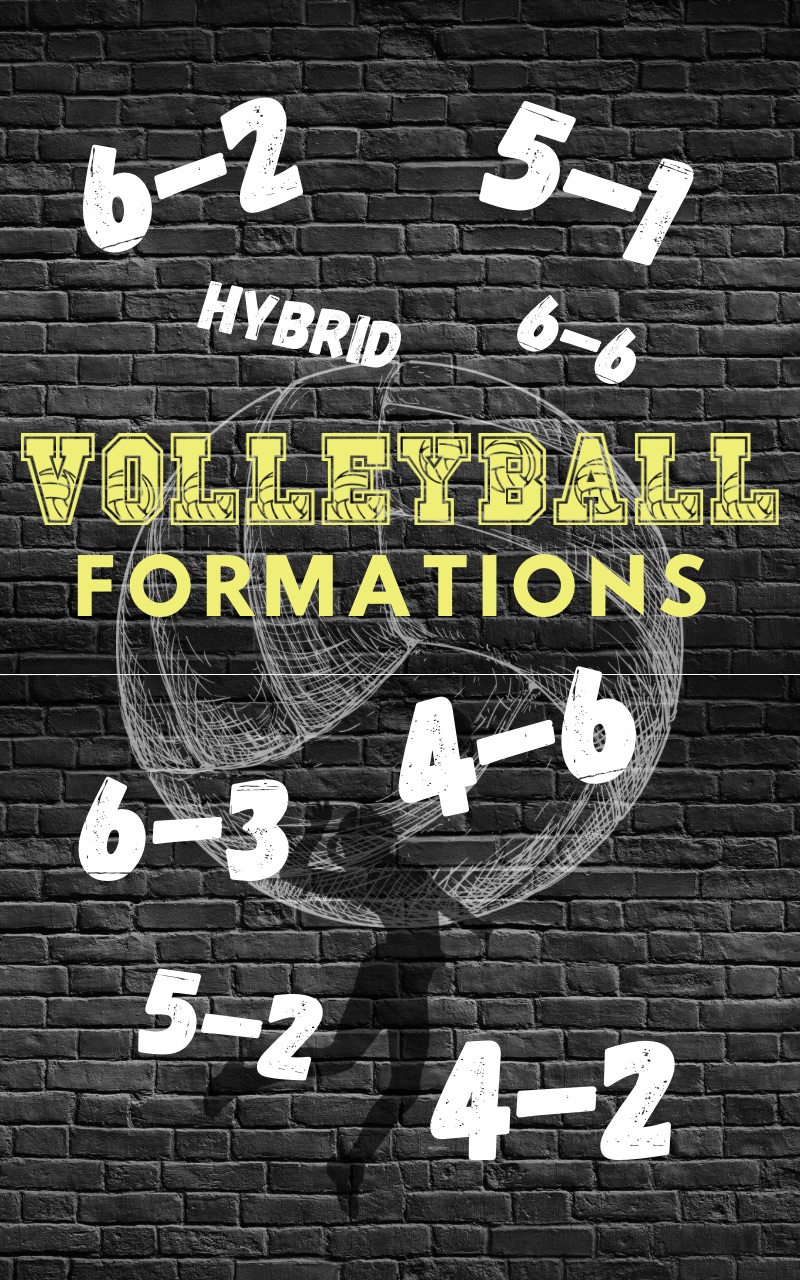 Purchase Ebook on Amazon Purchase Ebook on Amazon
|
Volleyball techniques Volleyball strategies Volleyball drills Volleyball skills Volleyball fundamentals Volleyball tips Volleyball training Volleyball coaching Volleyball playbook Volleyball exercises Volleyball equipment Volleyball gear Volleyball practice Volleyball coaching tips Volleyball playing tips Volleyball tutorials Volleyball lessons Volleyball techniques for beginners Volleyball skills development Volleyball coaching tools
